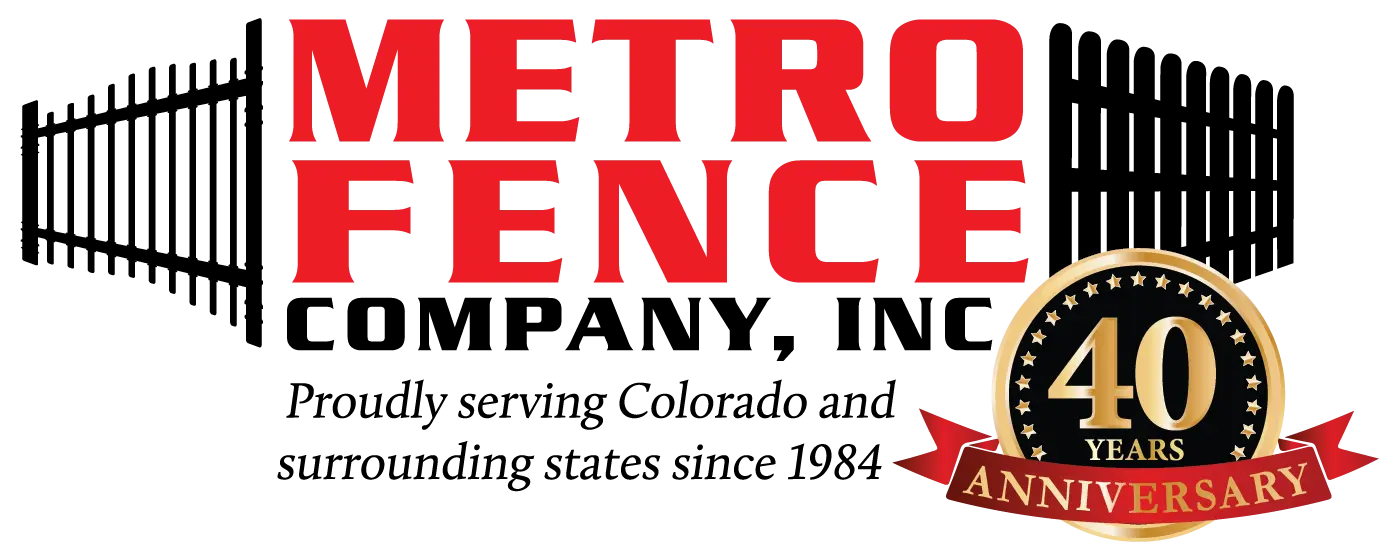Now, it’s time to repair or replace your roof, do you know what comes next? First, be sure to get a roof repair inspection done in El Paso tx. Second, choose your materials. After that, the roofing company tends to take over and they perform the installation. While choosing your roofing material, be aware that the roof pitch may determine what you will be able to use. During that initial inspection, be sure to ask your roofing professional about which material you may need based on your roof pitch.
How Roof Pitch Determines Your Choice Of Roofing Materials
When choosing roofing materials, it may seem that you have an infinite choice of any material on the market: asphalt, composite, metal, wood shake, rubber, MSR rooled roofing. The world of roofing materials is your oyster, right?
Not so. Many factors determine which roofing materials you can use. One make-or-break factor is roof pitch.
For example, you may think you want classic composite shingles on your roof, but if your pitch is below a certain ratio, you may be forced to install a different type of roofing–perhaps torch-down or standing seam metal roofing.
Roof Pitch Defined and Explained
Pitch is the term for the angle, slope, or slant, of your roof.
Roof pitch designations are two numbers divided by a slash, such as 2/12 or 7/12. A colon can replace the slash, as in 2:12 or 7:12. The meaning is the same–ratio.
Numerator: The numerator, or first number, refers to the vertical (height).
Denominator: The denominator, or second number, denotes the horizontal (length). To make things a bit easier, for roofing purposes the denominator will always be 12. Even though basic mathematics tells us that 12/12 can be reduced to 1/1, this is not done with roof pitch. The denominator remains 12.
How To Calculate Pitch
Examples:
- 5/12: For every 12 horizontal feet, the roof drops 5 feet. Another way to look at it is that for every 12 feet you go horizontally, the roof rises 5 feet. Either way, this is the same thing.
- 8/12: For every 12 horizontal feet, the roof drops 8 feet. Or you may prefer to look at it this way: for every 8 vertical feet, the roof has 12 horizontal feet.
High and Low Pitch Examples
Two examples at each end of the spectrum:
- Low-Pitched: It was fashionable for homes built in the 1960s to have little pitch except for a negligible slope to drain water. Visually, this roof is flat. This pitch might be as low as 1/12.
- High-Pitched: Roofs on Victorian-era houses were often sharply angled, steeply pitched. Think of your classic Addams Family haunted house, with its soaring peaks, and you have a picture of a high-pitched roof. This is one of the rare pitches where the numerator is greater than the denominator, with a slope as high as 18/12.
4/12 to 12/12 Pitch: Asphalt and Composite
Asphalt shingles or composite shingles are the most popular kind of shingle and are the most serviceable type of shingle in terms of roof pitch.
These shingles can start as low as 4/12 pitch, going all the way up to a 12/12 pitch. Think of them as taking the middle road in terms of roof pitch–not too flat, not too pitched.
/about/close-up-of-brick-chimney-on-house-roof-with-medal-flashing-586342592-57e9d3b05f9b586c350f68b5.jpg)
Read the full article here: How Roof Pitch Determines Your Choice Of Roofing Materials http://bit.ly/2whvKZX

/about/160495945-56a5863c3df78cf77288b17f.jpg)





